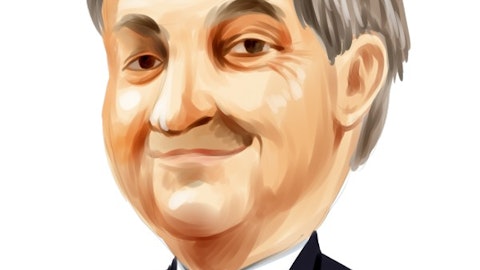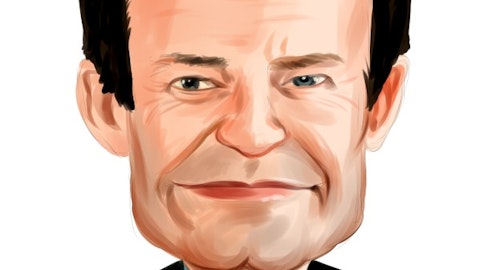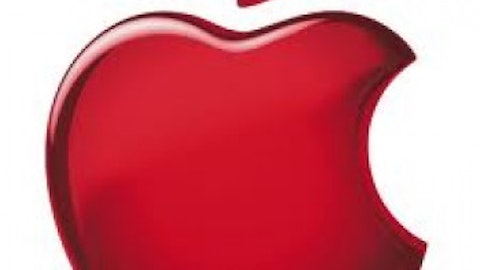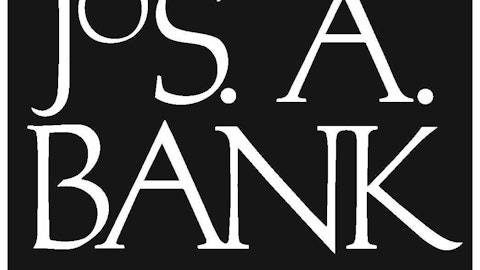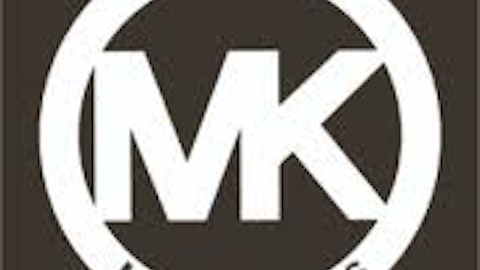Global Leader
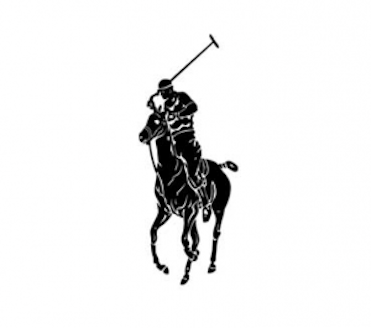
International Presence and Expansion
Ralph Lauren currently has a presence across North and South America, Asia and Europe. Sales from the American region contribute approximately 66% to its overall revenues; trailing behind are Europe and Asia with 21% and 13% respectively. Ralph Lauren has consistently recorded growth in North America due to strong brand perception in the American market and a wider base of customers from the brand Masstige. Contrary to that, Europe has largely struggled due to economic weakness; however, we expect the trend to change moving forward. In the third quarter of 2012, the company recorded 6% growth in European retail store sales.
Asia has largely struggled due to the restructuring in China. The company has strategically removed its current distribution network and decided to replace it with self owned retail stores. The company’s current involvement in China is a noteworthy effort to capture one of the largest markets in the world by enhancing its brand image and creating more brand awareness.
Efforts to Bolster Direct to Consumer Business
Many American retailers have realized the potential of direct to consumer business units. Considerable efforts are noticed on the part of many retailers to grow this facet of the business, as it now seems to be driving revenues entirely. Ralph Lauren is doing its part by opening more retail stores and investing more in its e-commerce platform to bolster the business segment. Since 2009, Ralph Lauren has launched more than thirty factory outlets, and it is not slowing down anytime soon. Its online platform is now available to consumers in several European nations such as Greece, Spain and Portugal.
Top Competitors
Ralph Lauren primarily operates as a high end premium brand. It competes for market share with the likes of Ann Inc (NYSE:ANN) and PVH Corp (NYSE:PVH). Ann Taylor stores cater to a high end consumer. The full price Ann Taylor stores offer high end premium women’s products in a similar range as Ralph Lauren. Although Ann Taylor’s full price stores are a small contributor to its overall revenues, it mainly drives the brand reputation and maintains its high end luxury perception. The current market cap of Ann Taylor is approximately $1.4 billion. PVH is the largest lifestyle apparel company in the world. The company owns a highly diversified portfolio of brands that targets several segments of the market. The highlights among the brands that come under the PVH Corp are Calvin Klein and Tommy Hilfiger. The company also owns heritage brands such as Van Heusen, IZOD and ARROW. The company recently completed the acquisition of Warnaco Group, which made it the largest lifestyle apparel company in the world.
Robust Fundamentals
In 2012, Ralph Lauren reported EPS (earning per share) of $7.62. Since 2002, the company’s EPS grew by a staggering 307%. This growth has been exhibited in an environment that is largely considered the longest and worst financial crisis of recent times. The company’s current annual dividend payout is $1.60, which has grown from $0.80 in 2011. Consumer spending in the US has declined considerably in the last decade as unemployment has grown, leading to consumers preferring economy stores.
However, it must be noted that during this phase of the crisis Ralph Lauren outperformed its counterparts, as the company’s share price grew by 102% in the last five years. The net debt on the balance sheet is much lower relative to competitors, as most retailers resort to long-term loans to invest in growth. However, Ralph Lauren is fairly liquid with reported cash of $1.4 billion on its balance sheet. Historically, the company has maintained a healthy FCF to EBITDA ratio, which usually leads to a higher company valuation. According to Trefis Analysis, the FCF% to EBITDA will remain close to 55% on average till 2019. This indicates a high valuation for the company, which is excellent news for potential investors.
My Take
Before investing in any stock an investor must have a horizon in mind. Ralph Lauren surely presents a long-term investment opportunity. The company’s financial and strategic fundamentals look very strong and highly reliable. The company still has high growth potential from Asian and European markets. The efforts made to drive other business segments along with focus on the Chinese market almost guarantees strong growth in its stock value.
The article Ralph Lauren, Underestimated and Undervalued originally appeared on Fool.com and is written by Sujata Dutta.
Copyright © 1995 – 2013 The Motley Fool, LLC. All rights reserved. The Motley Fool has a disclosure policy.
